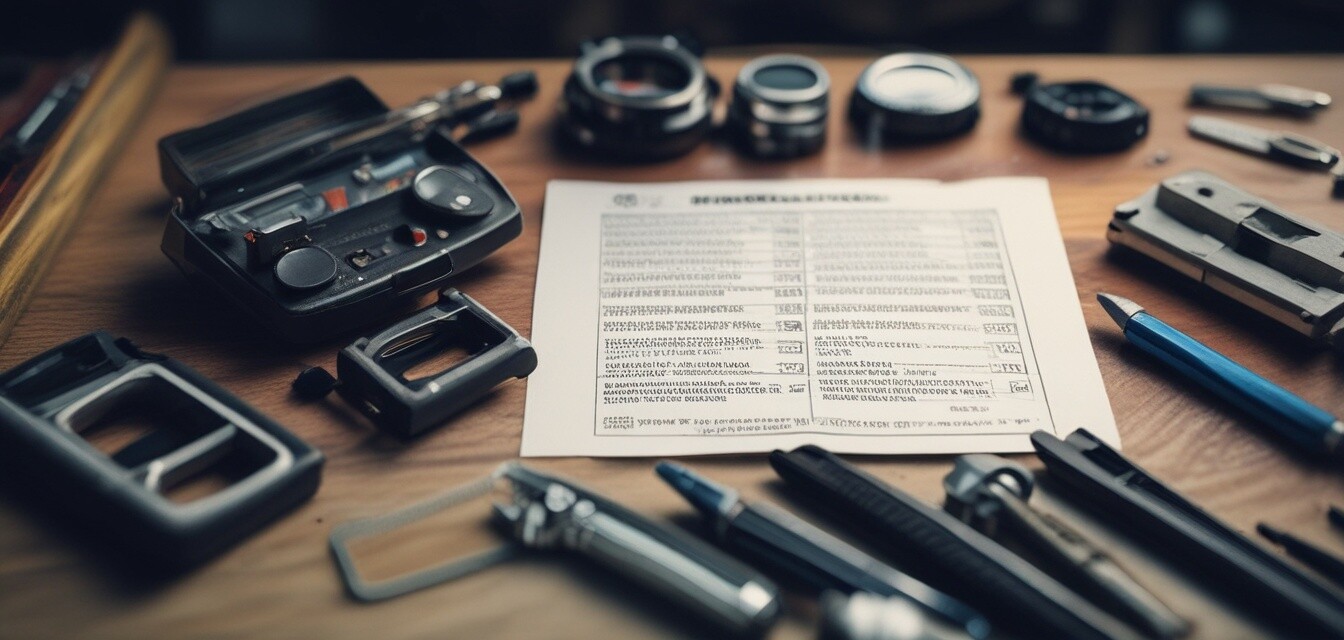
How to Read and Understand Your VW's Diagnostic Codes
Key Takeaways
- Understanding VW diagnostic codes is crucial for effective troubleshooting.
- Diagnostic codes can provide insights into various vehicle systems.
- Using a diagnostic scanner can ease the process of reading codes.
- Maintaining your VW is essential for optimal performance and longevity.
- Consulting the repair manual can help decode specific information.
Your Volkswagen is a finely tuned machine, and like any mechanical marvel, it communicates with you through its diagnostic codes. Interpreting these codes can reveal a lot about what’s going on under the hood. In this guide, we’ll provide a comprehensive overview on how to read and understand your VW's diagnostic codes so you can maintain its performance effectively.
What are diagnostic codes?
Diagnostic codes are alphanumeric texts that modern vehicles, including VWs, generate to inform you about various issues. These codes are a part of the On-Board Diagnostic (OBD) system that helps monitor and control a plethora of vehicle functions.
Understanding the format of diagnostic codes
The codes typically follow a standard format. Here’s what you need to know:
| Format | Description |
|---|---|
| PXXXX | Powertrain codes (engine and transmission). |
| BXXXX | Body codes (safety features, air conditioning, etc.). |
| CXXXX | Chassis codes (brakes, tires, etc.). |
| UXXXX | Network communication codes (issues with onboard communications). |
How to Retrieve Diagnostic Codes
To read the diagnostic codes, you'll need a few essential tools and steps to follow. Let’s break it down:
Necessary tools
- OBD-II scanner
- VW repair manual
- Smartphone with an OBD-II app (optional)
Step-by-Step Process
- Locate the OBD-II port, generally found under the dashboard near the steering wheel.
- Plug in the OBD-II scanner or connect your smartphone to the OBD-II device.
- Turn on your vehicle’s ignition without starting the engine.
- Follow the scanner's instructions to retrieve the diagnostic codes.
- Take note of the codes displayed on the scanner or app.
Interpreting Diagnostic Codes
Once you have your codes, the next step is interpretation. Each code corresponds to a specific ailment in your VW. Here’s how to interpret the codes effectively:
Consulting Resources
You should consult your VW’s repair manual for detailed descriptions of the codes. This step is essential for understanding the issues at hand.
Using Online Databases
There are several online resources available. Websites, such as VW parts and diagnostic tools, provide extensive databases and forums where you can find explanations and potential fixes for the diagnostic codes.
Common Diagnostic Codes and Their Meanings
Although there are countless diagnostic codes, here are a few common ones you might encounter:
| Code | Description |
|---|---|
| P0300 | Random/multiple cylinder misfire detected |
| P0420 | Catalytic converter efficiency below threshold |
| P0171 | System too lean (Bank 1) |
| P0455 | Evaporative emission system leak detected (large leak) |
| P0011 | Camshaft position timing over-advanced (Bank 1) |
Troubleshooting Based on Diagnostic Codes
Understanding the diagnostic codes is crucial for effective troubleshooting. Here’s a general troubleshooting process:
Action Steps
- Note the diagnostic codes and research them using your manual or online resources.
- Based on the information, determine if it’s a minor issue or if professional help is necessary.
- If it's a DIY fix, gather the necessary tools and components.
- Make repairs as needed and clear the codes before testing the vehicle.
Tips for Beginners
- Check your battery connection before starting diagnostics to ensure accurate readings.
- Take pictures of the dashboard display before resetting codes for future reference.
- Join VW forums to communicate with fellow enthusiasts about common issues.
- Keep your repair manual handy even if you have an OBD-II app; having both is ideal.
Conclusion
Reading and understanding your VW’s diagnostic codes isn’t an insurmountable task. With the right tools and a bit of knowledge, you can effectively troubleshoot issues and maintain your car's performance. Remember, a well-maintained VW not only drives better but lasts longer.
Further Reading
For more insights on enhancing your vehicle's performance, check out our sections on performance parts and how-to guides.
